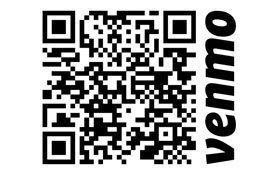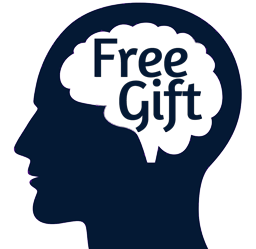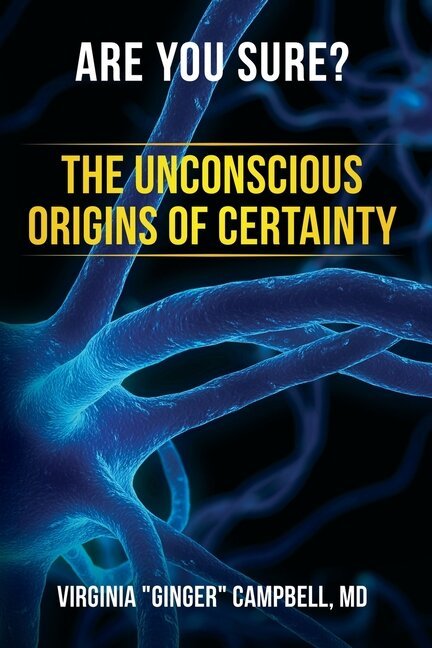A review of "The Body Has a Mind of Its Own" (BSP 21)
/Featured in this episode: The Body has a Mind of Its Own: How Body Maps in Your Brain Help You Do (Almost) Everything Better (2007), by Sandra Blakeslee and Matthew Blakeslee. (Also available on from Audible.com)
How to get this episode:
Premium Subscribers now have unlimited access to all old episodes and transcripts.
New episodes of the Brain Science Podcast are always FREE. All episodes posted after January 1, 2013, are free. See the individual show notes for links the audio files.
SHOW NOTES
Topics:
Body maps and the role of embodiment.
Basic ideas about the body maps in the brain.
Mapping the world around us.
How body maps differ between species.
Body schema and body image.
The role of body maps in disease.
The role of belief in health and illness.
How body maps explain non-traditional healing methods and unusual experiences.
The role of motor imagery in improving motor skills.
Mirror Neurons and grid neurons in the hippocampus (see more on Scholarpedia).
How sensation and emotions come together (the role of the insula).
Scientists mentioned in the podcast:
Wilder Penfield: Discovered the maps of the primary sensory and primary motor cortex.
Sir Henry Head and Gordon Holmes: British neurologists who first proposed the idea of the body schema in 1911.
Arthur Craig: First to study the unique wiring of the insula.
Antonio Damasio: studies the role of emotion in intelligent decision-making.
Marco Iacoboni: Demonstrated the role of the right angular cingulate gyrus in our sense of self versus others. (Dr. Iacoboni has PDF's available on his site).
Other scientists mentioned in The Body has a Mind of Its Own:
William Straub: Sports psychologist who demonstrated that students could improve at darts through mental imagery.
Alvaro Pascual-Leone: Used 5 finger piano exercise to show changes in motor maps both from actual practice and from imagery.
Michael Merzenich: Classic experiments showing changing in motor maps in monkeys.
Scott Frey: Using imagery in stroke rehab.
Jennifer Stevens: Use of mirror boxes in stroke rehab.
Edoardo Bisiach: Theories about spatial awareness and neglect.
Jamie Ward: Documented a patient with color-emotion synesthesia as possible explanation for auras.
Olaf Blanke: Studies the anterior cingulate gyrus, which map be important in out-of-body experiences.
Atsushi Iriki: Has demonstrated how the parietal lobes in monkeys change with tool use.
Christian Keysters: Thinks mirror neurons may be a key precursor for the development of abstract thought and language
Hugo Critchley: Expert in brain imaging who is interested in the relationship between emotional intelligence and interoception (visceral awareness).
John Allman: Studies the role of the frontal insula and anterior cingulate gyrus in intuition (quick decisions).
Sara Lazar: Has demonstrated that the right frontal insula and left prefrontal cortex increase in size in experienced meditators.
Note: This list is not exhaustive. I know I left off VS Ramachandran and several others, but those listed above did work that was addressed, directly or indirectly, in my podcast.






